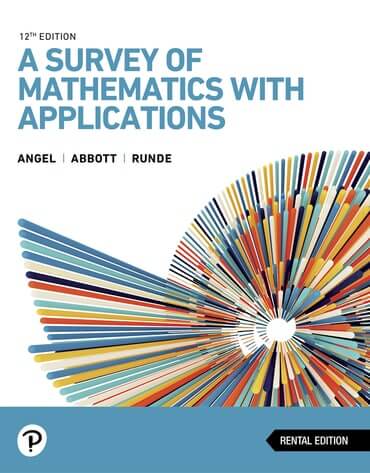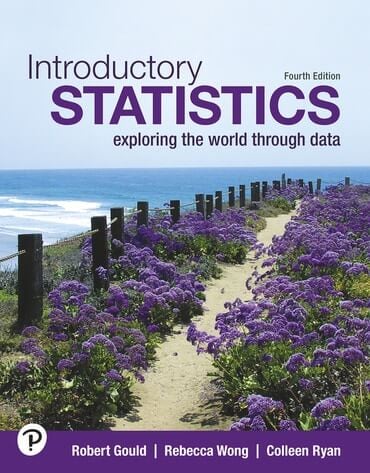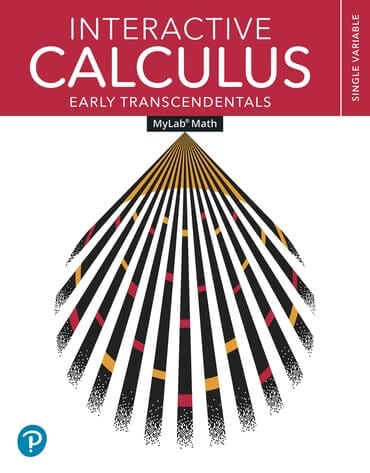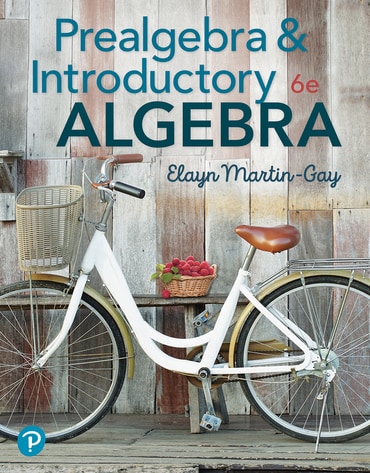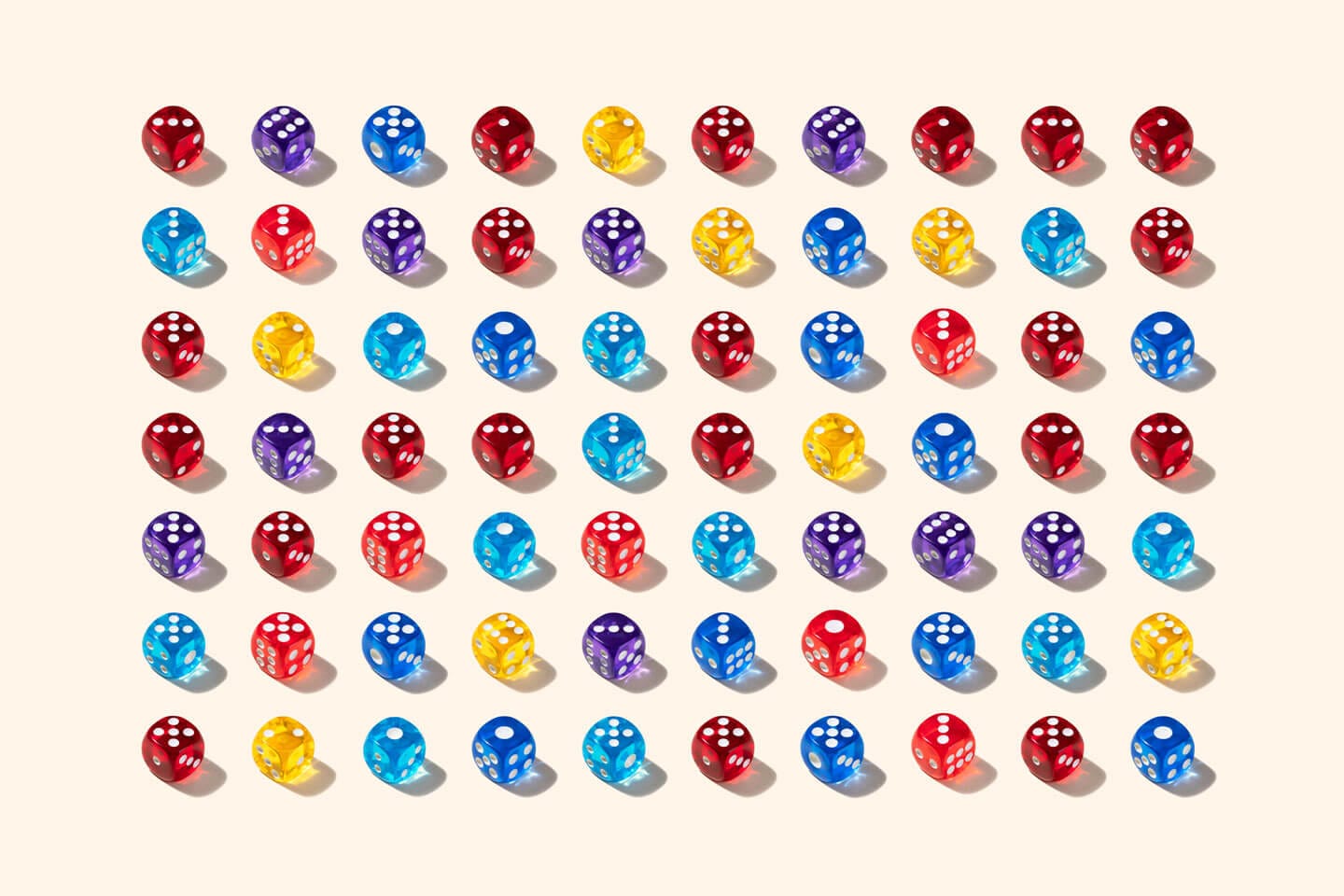Join Michael Sullivan for a discussion around sound data collection and using that data to illustrate a wide variety of statistical concepts.
Math & Statistics
Tools that will maximize your teaching goals

Take back control of your course
Built upon the principles of learning science, MyLab® lets you create a course to best fit the unique needs of your curriculum and students.
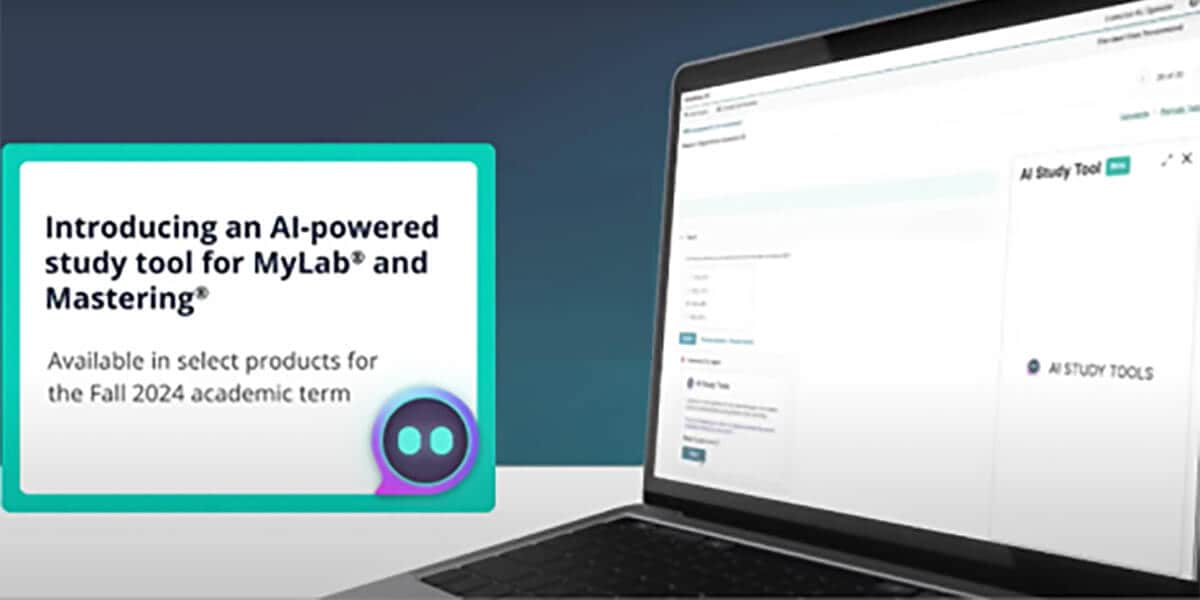
Create teachable moments with AI-powered study tools
Trained on Pearson’s world-class, proven content, new AI study tools in MyLab Math personalize support and streamline the study experience.

Take Learning to the Next Level
Immerse students in your course's content with new and updated additions to our Interactive MyLab suite of products. Interactive assignments prompt students to “read a little, watch a little, do a little” to develop deeper conceptual connections.

What to Know: December 2024
Pearson news for our higher ed math and stats faculty community:
- ICTCM 2025 early bird pricing ends December 31st. Don’t delay; register today!
- Featured webinar – From passive to powerful: Implement active learning strategies in your classroom.
- Need help to find the perfect fit for your Precalculus class? Let us help.







Explore titles for math & statistics
Explore two of the biggest trends in higher ed math: corequisite courses and bootcamps. Expert educators offer strategies for leveraging developmental content to give students targeted math review.
Join experienced professors for an open dialogue on interactive courses in Math. Discover how interspersed assessment, animated graphs, and dynamic visualization can enhance critical thinking skills.
-
Revolutionizing Education: The Impact of AI on Learning and Teaching
Embracing Change
The questions surrounding AI have drastically changed within the past year. Questions surrounding technology range from “what is this?” to “what are its limits?” In the dynamic landscape of higher education, AI has been a transformative force, reshaping the way faculty teach and students learn.
Earlier this year, Pearson conducted a survey focused on generative AI (GAI) and ChatGPT in higher education, to examine faculty sentiment. Recently, Pearson revisited that survey, releasing it a second time to evaluate how feelings toward, and actual usage of, GAI has evolved. In just 6 months, a shift has occurred. There has been a 14% decrease in the level of concern for ChatGPT, and now over half of the respondents have familiarity with ChatGPT and its applications within education. This shift in perception paints an inspiring picture of an educational community willing to discover the transformative potential of GAI.
The Influence in Higher Education
Many believe that AI holds the power to revolutionize education – the degree of change remains up for debate. Some instructors aren’t yet making changes to their courses. Others are discovering a powerful ally in GAI when it comes to tasks like grading homework and enhancing course materials. Integrating AI into their workload allows instructors to save time and refine their courses to focus on their students.
Enthusiasm or Concern?
In the initial release of our survey a significant portion of participating instructors had reservations about the potential benefits of generative AI - this “game-changing technology.” Many respondents struggled to envision how GAI could benefit them. When the question was revisited this fall, one instructor commented that ChatGPT gives their students a “running start on their writing” allowing them to start with a structured foundation rather than a blank page. They found that “students can produce better papers when they use ChatGPT productively.”
Results this fall indicated that the percentage of faculty who are “excited” or “enthusiastic” is almost equal to the number who responded as “concerned” - 28.6% and 26.7% respectively. Faculty are leaning into GAI as another tool for learning and developing new content. Conversely, some expressed concern surrounding cheating, academic dishonesty, and plagiarism detection. In fact, one instructor believes “students who wish to do minimal work now have an amazing new way to cheat, and they are definitely doing so!” To help combat these concerns, some faculty are having open conversations with their students, and instructors are adjusting their testing protocol.
“This is really going to make us think about authentic assessment, and what learning means. Students are going to need to be able to use the technology to create code, aggregate data. But how will they know what to ask and if the answer is reasonable,” a faculty member commented. Furthermore, someone else said that ChatGPT presents the opportunity for students to think more critically and to fact-check more often.
Charting a Course Forward
When first distributing the survey, a notable 40% of respondents initially believed ChatGPT would change the industry, and have an immense impact on them. However, upon revisiting this question in the more recent survey, only a modest 10% of respondents experienced a discernible influence from the GAI tool. It is not uncommon to harbor apprehension towards change; however, sometimes it is not as daunting as it seems.
Since individuals and organizations are working through how to use this technology at the same time it continues to develop, many instructors have had to (or plan to) adjust their course requirements. Some are increasing citation requirements or making assignments more interactive. This journey of transformation effects all disciplines. One writing composition instructor started using ChatGPT in their class earlier in the year, and now has integrated it into their lesson plans. They explain that their “students love learning what it does well and what it does poorly, and by exploring its capabilities, they learn a lot about writing expectations and standards.” Thus, by integrating ChatGPT into their lesson plan, this instructor is guiding students to think critically about GAI and its competencies. Another instructor uses it to demonstrate how to compose code in other languages and plans to continue to adapt their class as GAI grows.
Embracing these tools as part of a collaborative teaching effort is the path forward. As one instructor comments, “students are going to need to be able to use the technology to create code, aggregate data, but how will they know what to ask and if the answer is reasonable?” When using AI in a partnership alongside traditional teaching, the instructor can step in, judiciously apply these tools, and help students discern when to employ them versus where conventional methods are more appropriate.
A Vision for the Future
The shift to familiarity and adaptation of ChatGPT and other GAI brings a new era of higher education. Similar to other major societal shifts, higher ed faculty find themselves with the opportunity to help lead the charge in forging this new path for themselves and their students by creating guidelines, and understanding how best GAI can be used. Even if you’re still reticent to embrace it, consider a common sentiment from our survey respondents - GAI creates the opportunity for open dialogue with students.
-
Improve Math Test Scores by Asking the Right Questions
Every college math instructor has been there. The students have been actively engaged in class. They’ve completed their homework (for the most part). The majority have even turned in the test review that you provided. Yay! Then you grade the tests. Questions were left blank, many scored shockingly low, and several students left sad notes in the margins. Some did well, but so many failed that the bell curve is upside-down! How is it they learned so little?!
Then, we dive into the ice cream to ease the pain (or maybe that’s just me).
Well, put the ice cream back in the freezer, my friends, because there is hope! A few tweaks to the way you design test exercises could potentially improve test scores and right that bell curve, not by lowering standards, but by more accurately assessing student knowledge by asking more focused test questions.
How many levels of cognition are you assessing?
One of the challenges that college math students face is that most math exercises require several levels of cognition and a variety of mastered objectives. Consider the exercise: “Solve 5𝑥(𝑥−2) = 3𝑥−2.”
-
Statistics Tables: Craps for the Normal Distribution
This series of statistical examples is intended to inform students about the statistics (and how it relates to the psychology) casinos use on table games to make them a more informed consumer. This series is not intended to be a “how to beat the house” or any other sort of get rich quick scheme. If I had a way to beat the house, don’t you think I would be doing it and not giving up the secrets? Overall, it is good to think of casino games as forms of entertainment, and you are encouraged to treat them as such. If you have or know someone who has a gambling problem, please use resources, and reach out to a professional for help.
Often students do not have a concept for the Normal Distribution when it comes to the sampling chapter, and the Galton Board is used to give students the visual reference in the classroom for discrete random variables showing a normal distribution when enough observations are dropped through the board. Unless students are soon to be contestants on The Price Is Right and are faced with Plinko, or NBC’s game show The Wall, they are not likely to encounter the board in their life outside the class. A more accessible way for students to see the normal distribution and understand the importance of sample size is the Craps Table.
The casino game of Craps is simplistic: the act of throwing two dice and summing up the showing faces is the experiment in the game of craps. While using the full casino game with payouts and their corresponding probabilities creates a valued learning activity, this activity focuses only on the act of rolling the dice. To emphasize the previous chapters (discrete random variables categorization and visualization) the image below shows the number of ways the dice total can occur:
Dynamic Study Modules for statistics
 Play
Play
MyLab Math & MyLab Statistics courses with Integrated Review
 Play
Play
